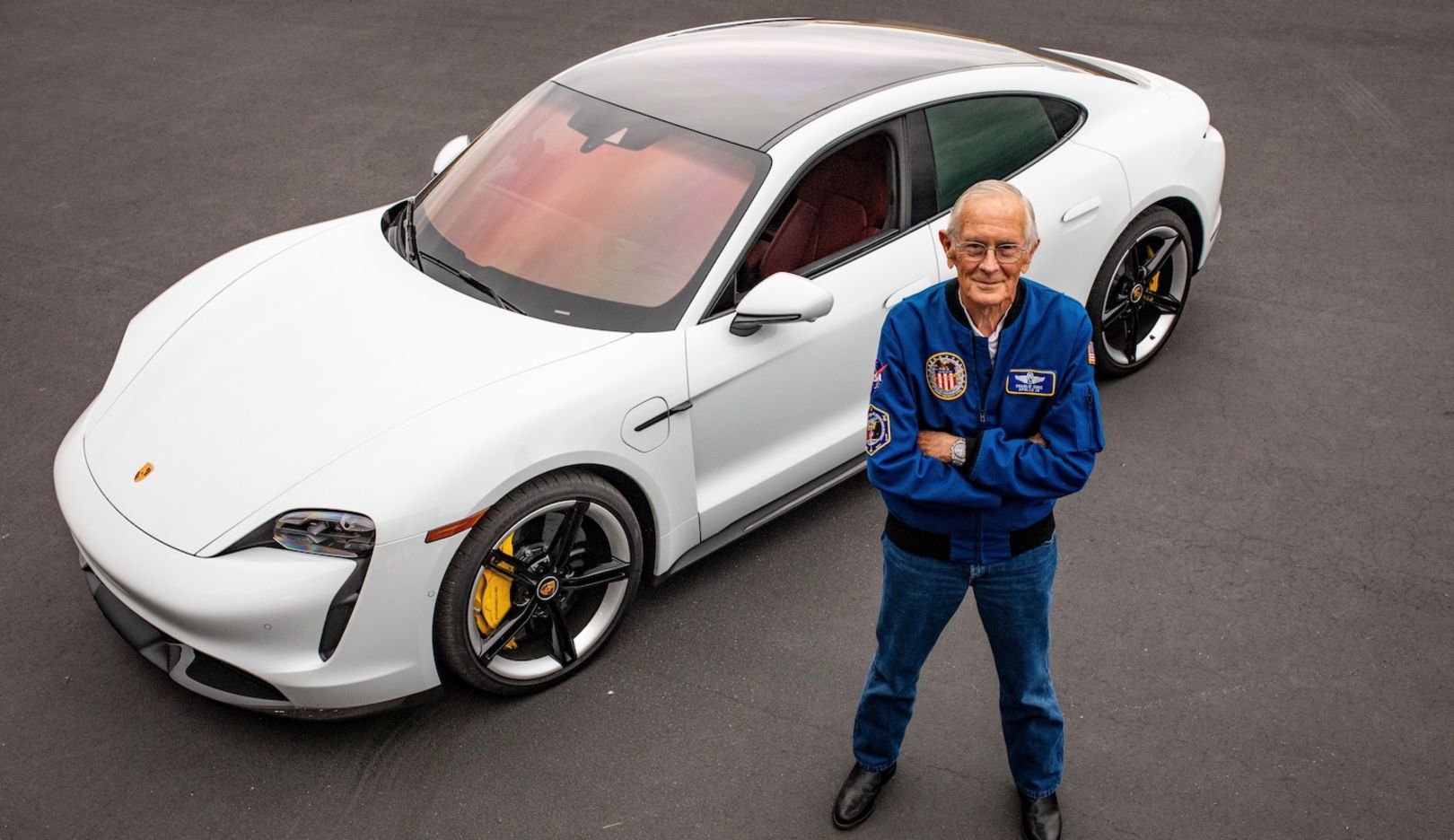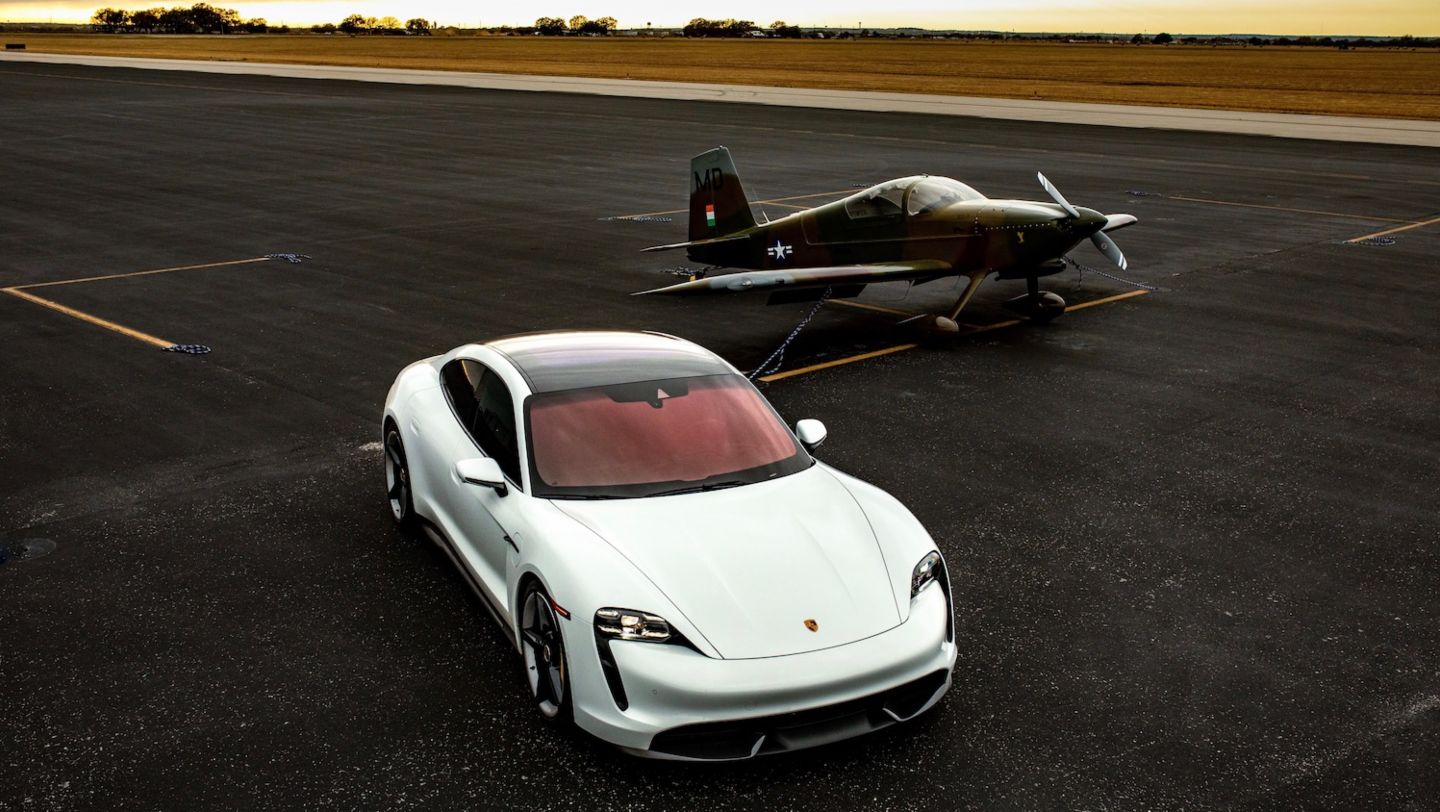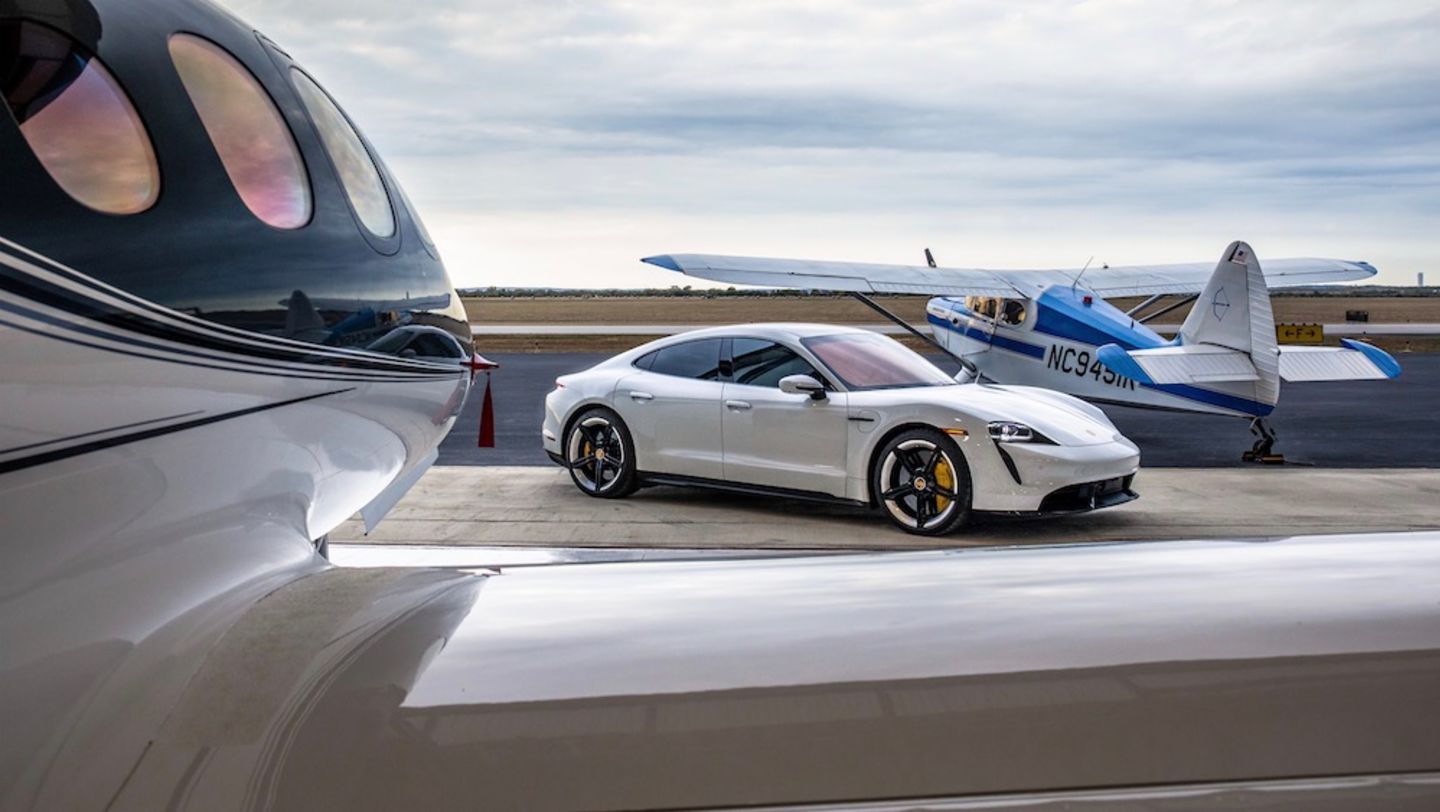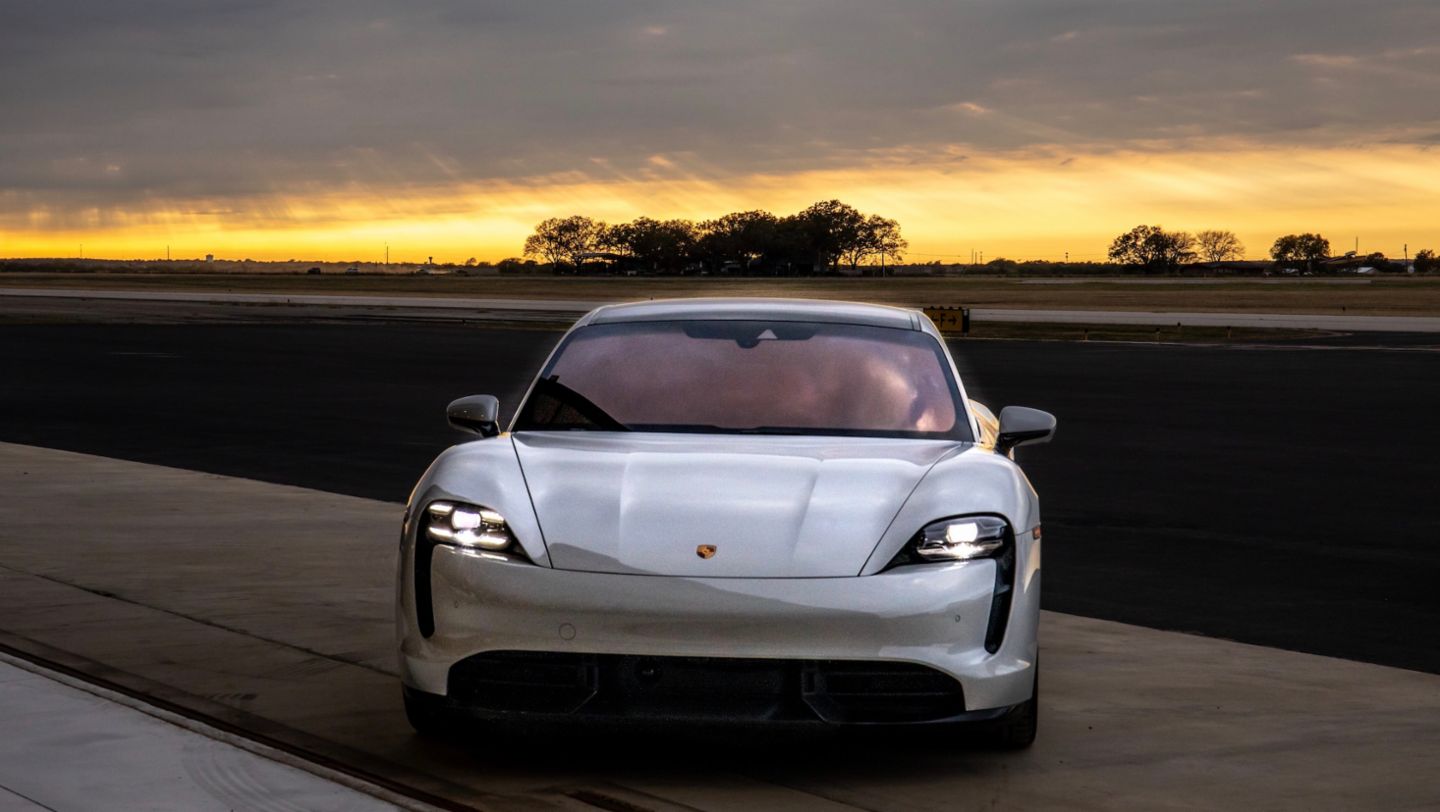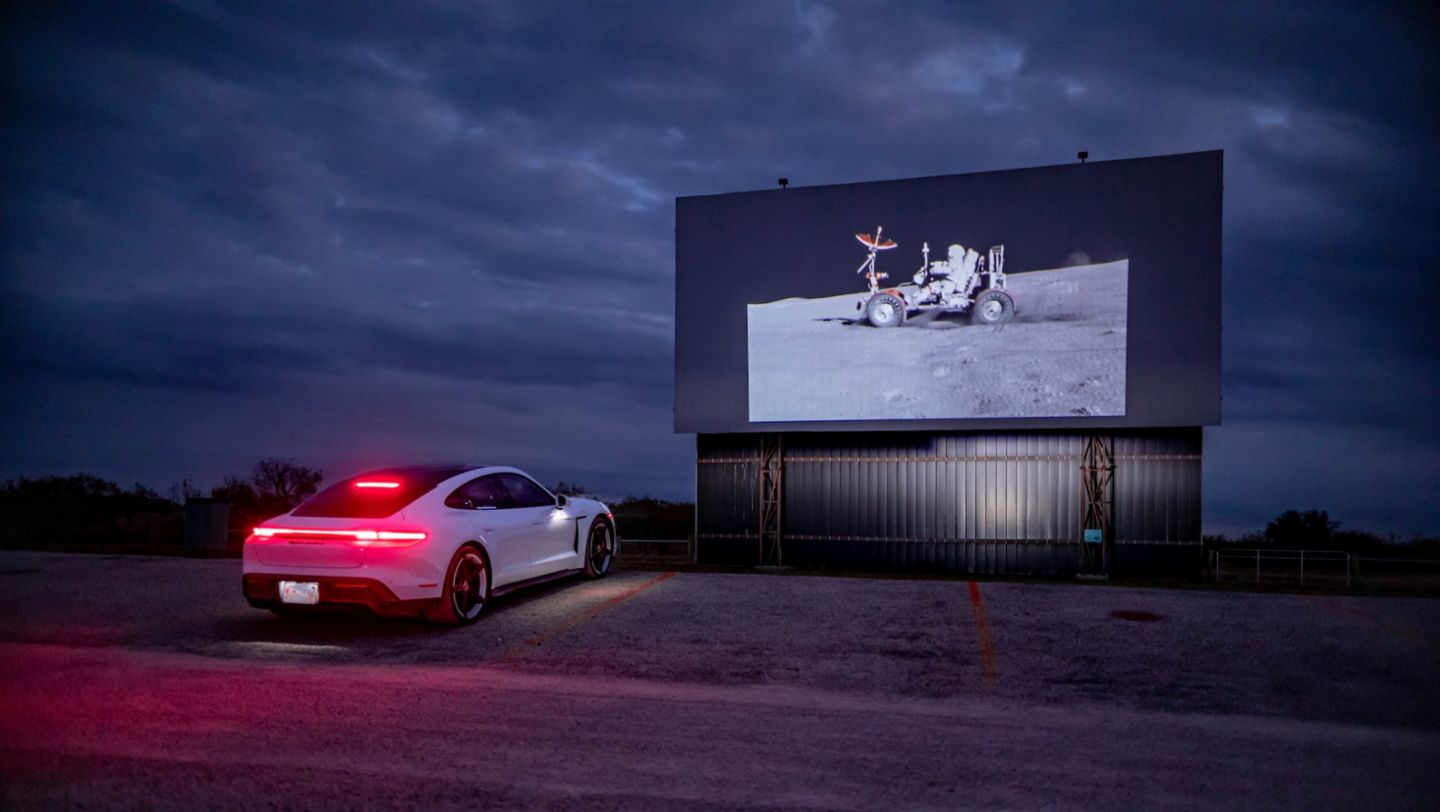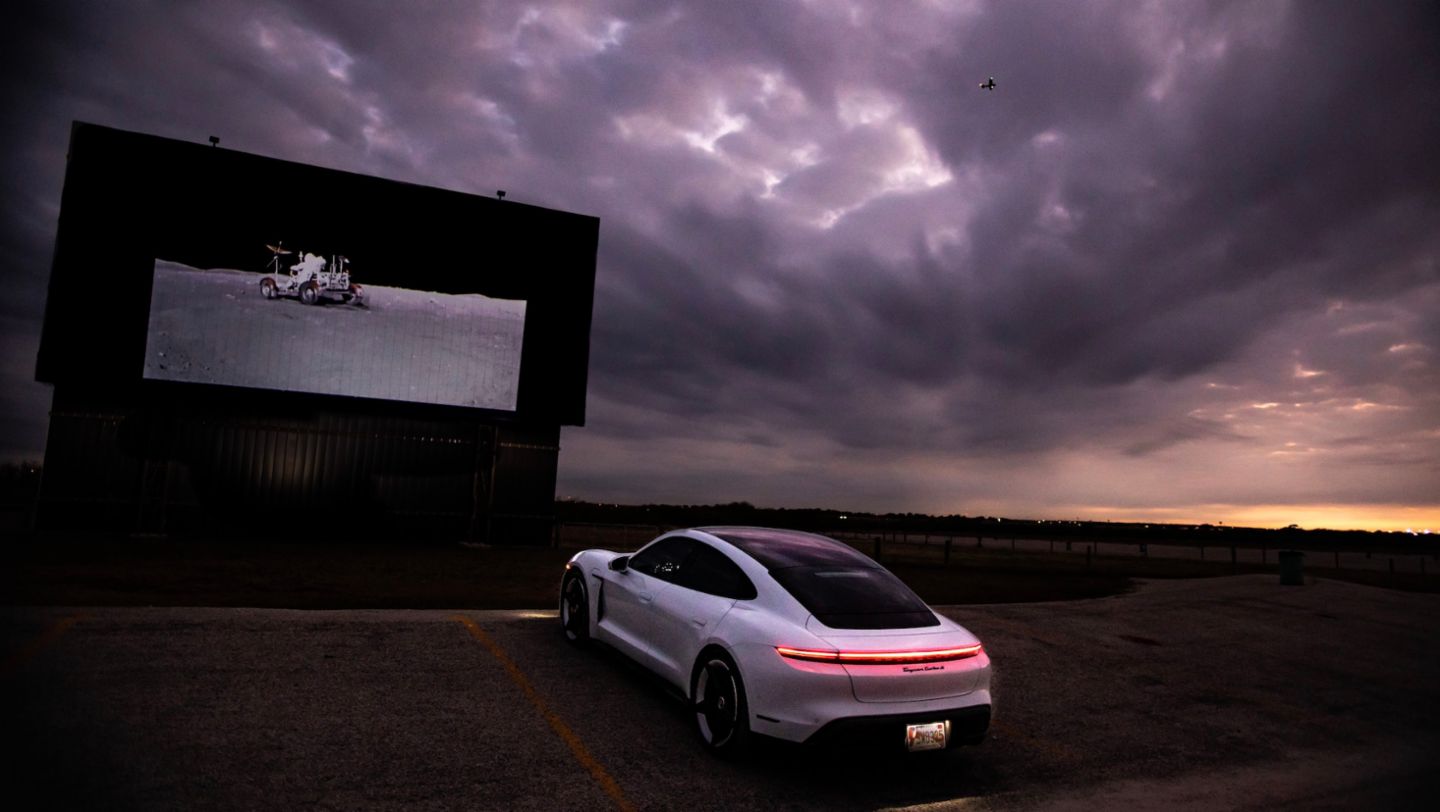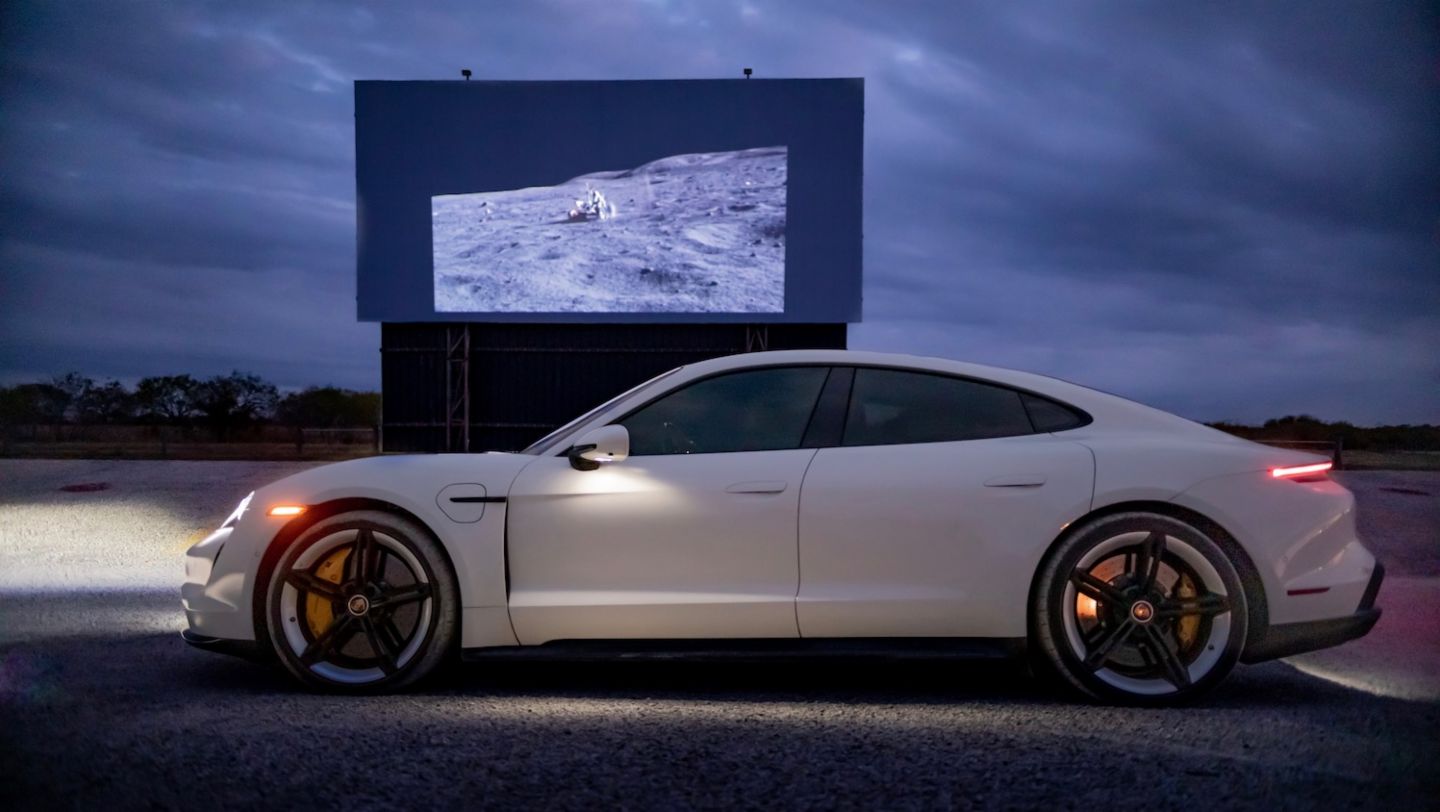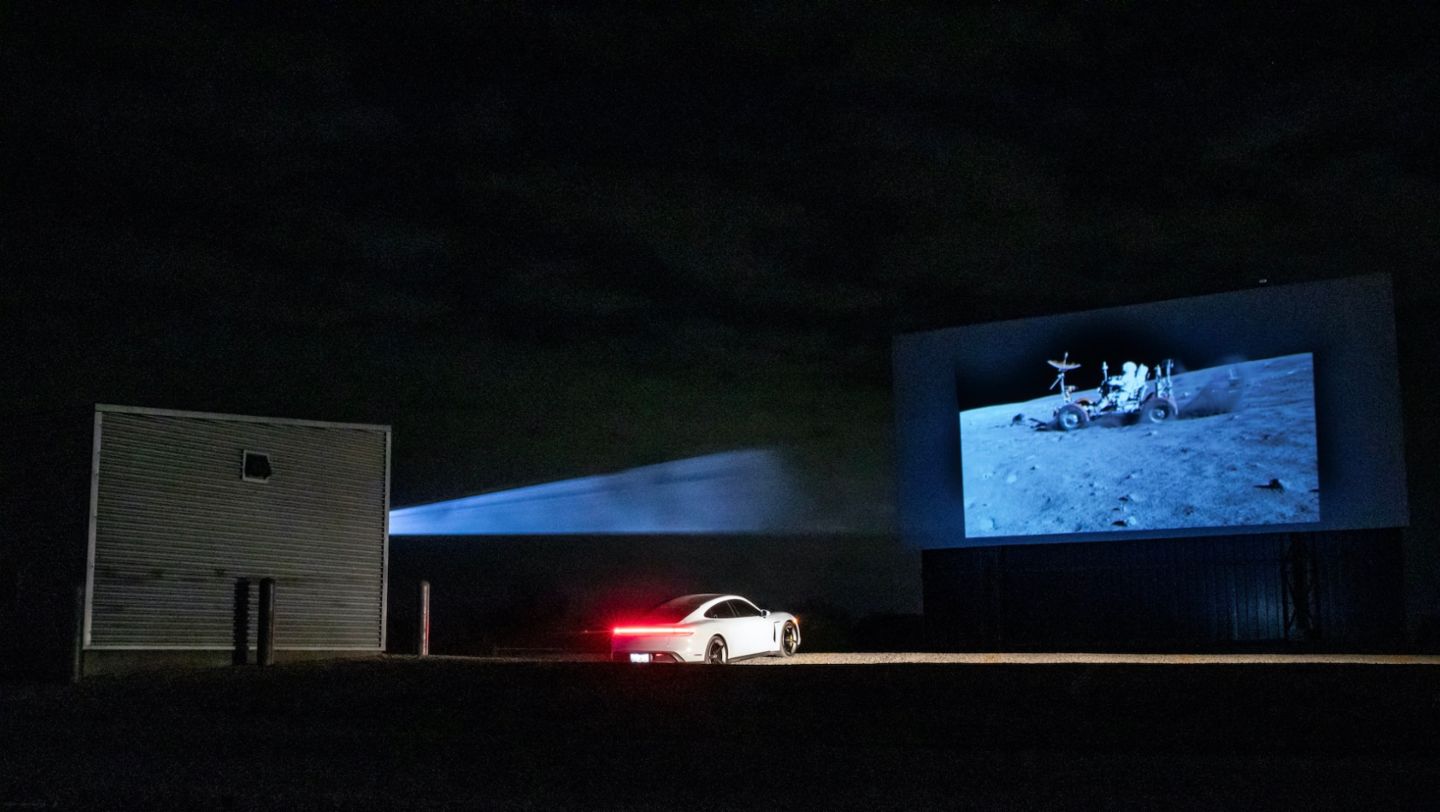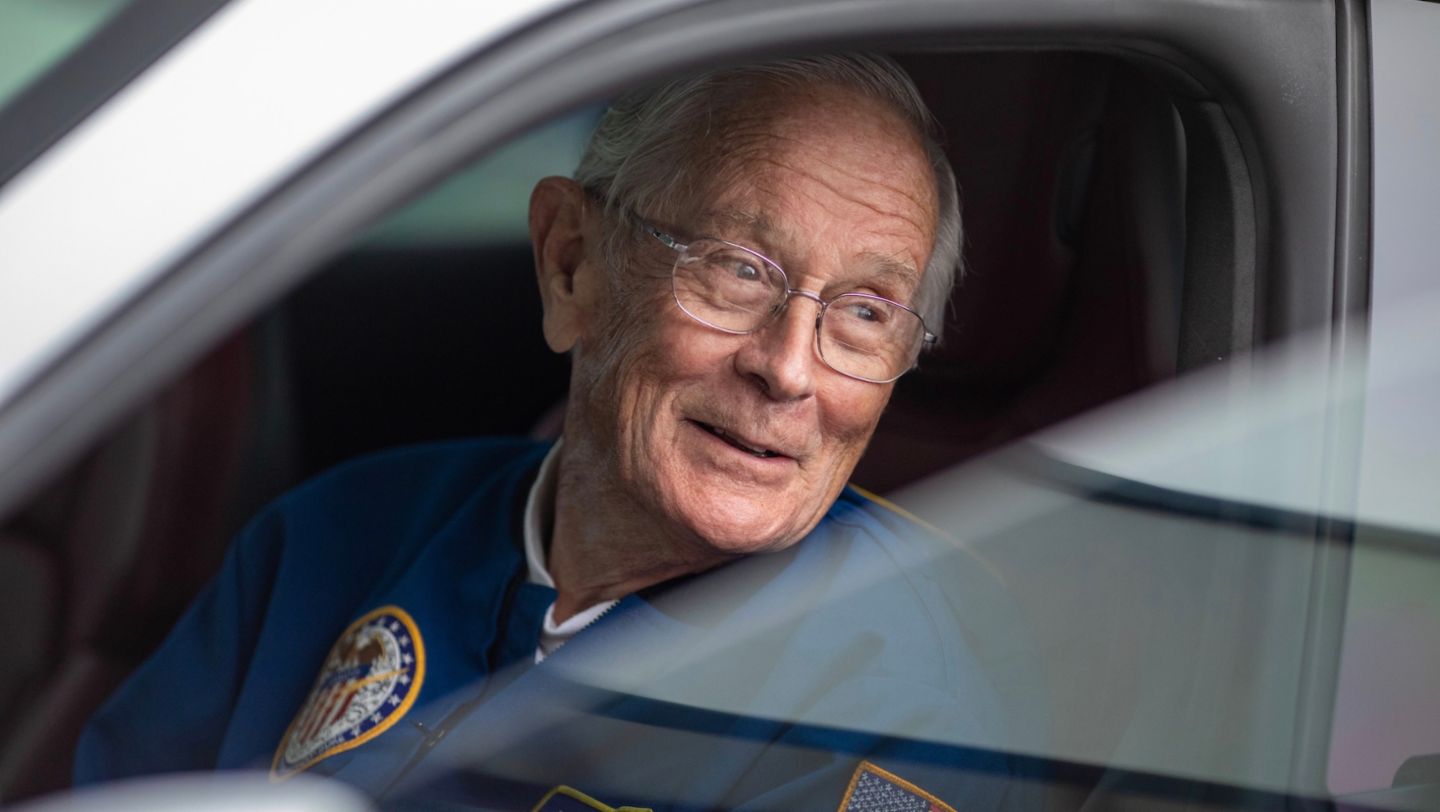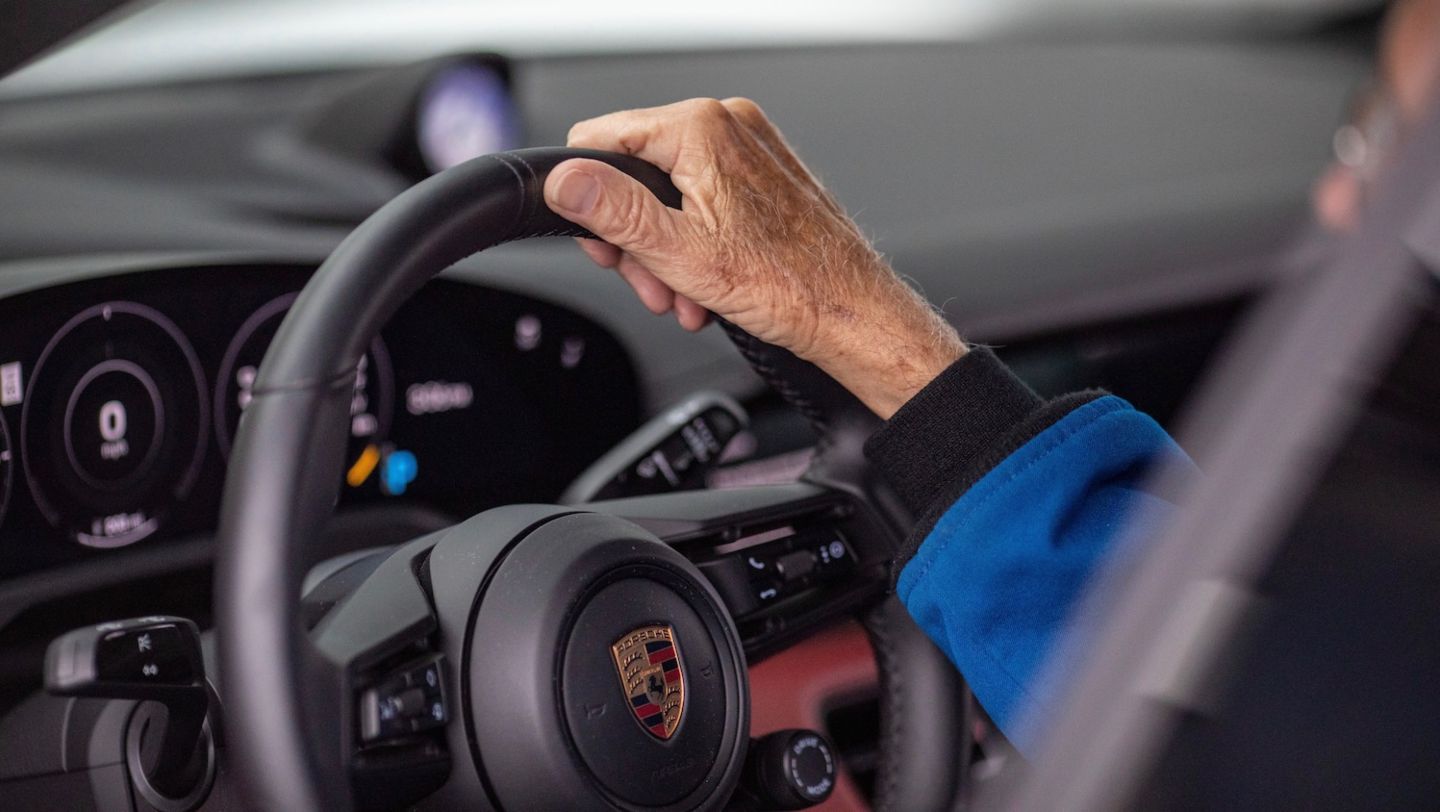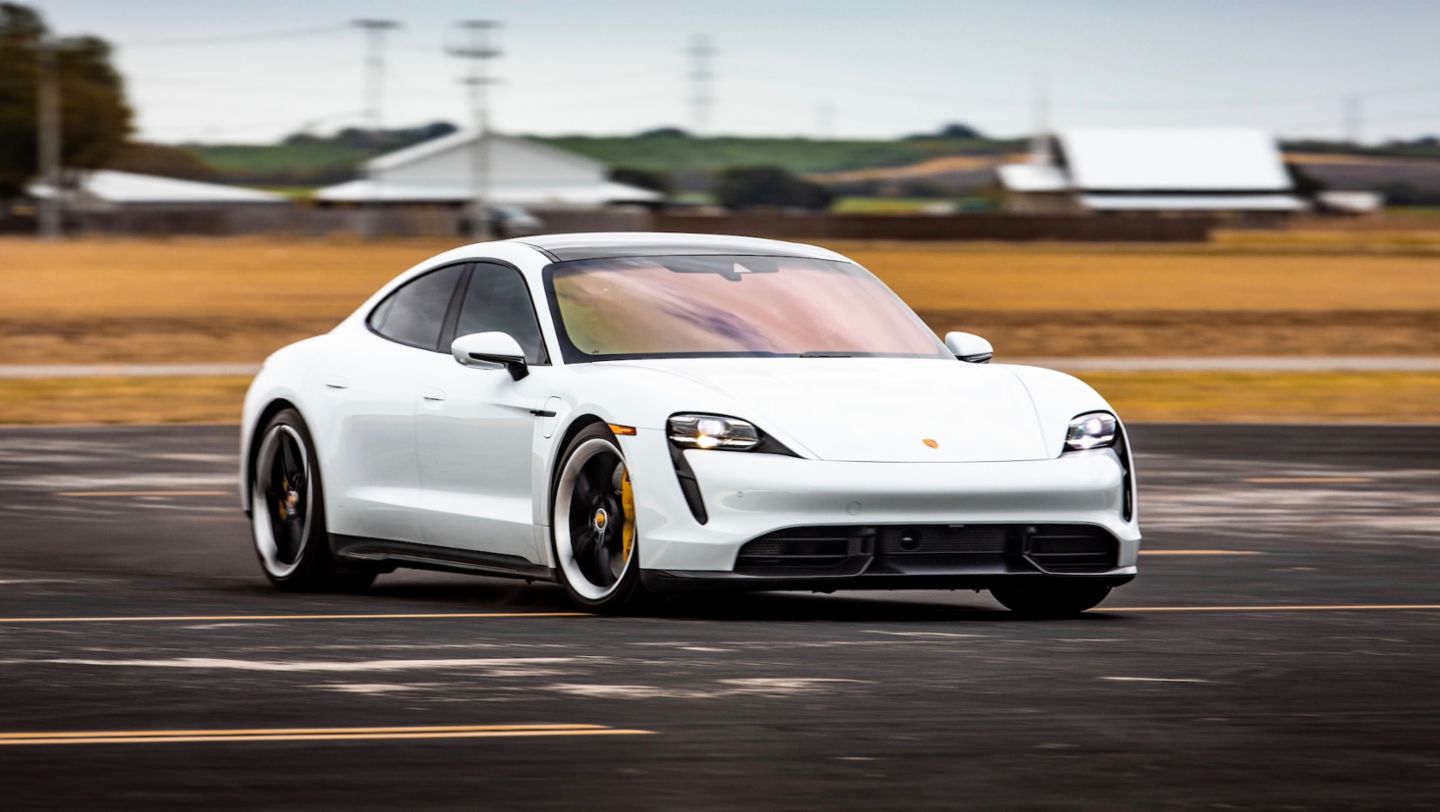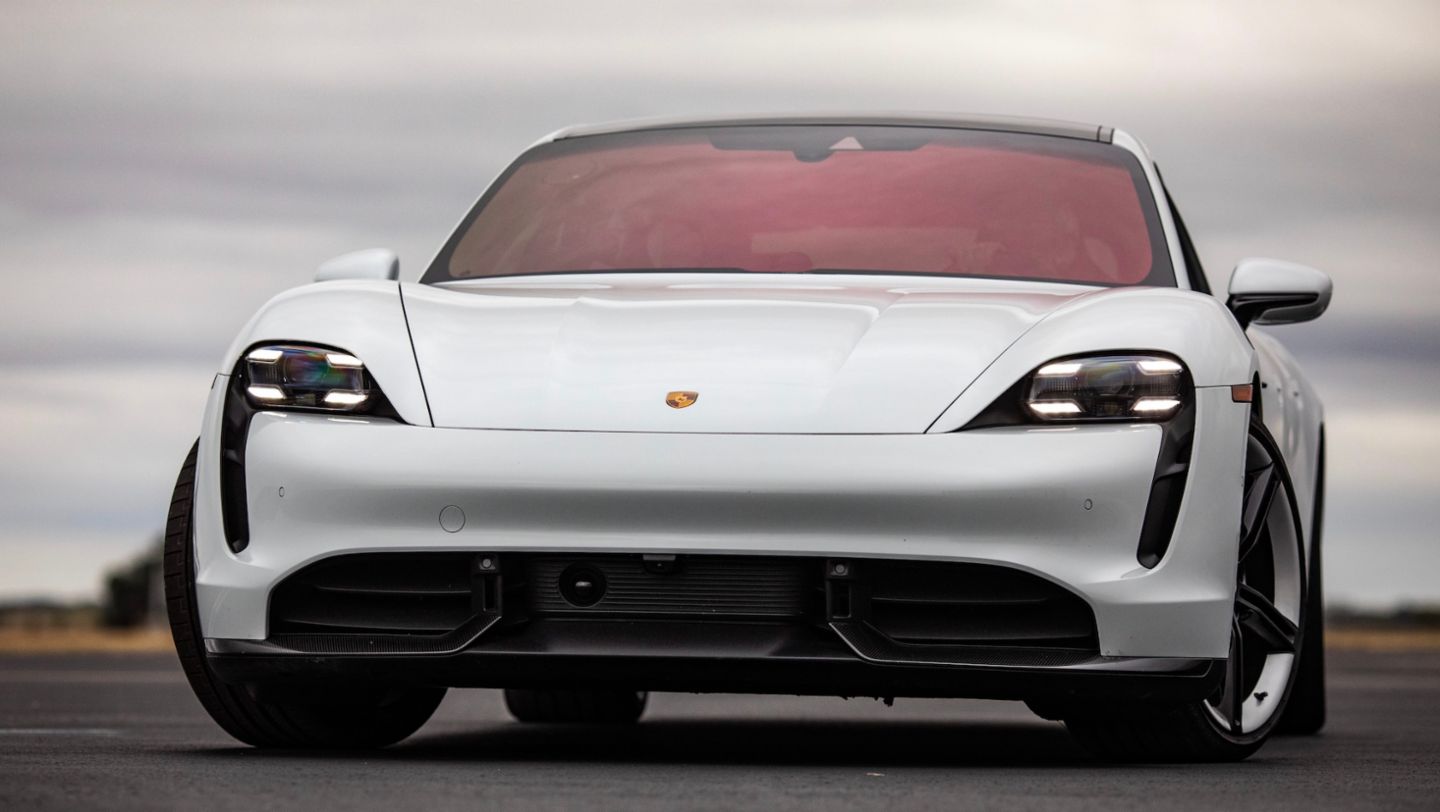General Charlie Duke is one of just a dozen men to have walked on the surface of the Moon. Today, the 85-year-old former astronaut and US Air Force officer still cuts a distinguished figure, his gentle southern lilt warm and assured. Duke was a pivotal figure in NASA’s Apollo programme, the voice you hear talking Armstrong and the Eagle towards mankind’s maiden lunar touchdown, before following in those famous footsteps himself less than three years later.
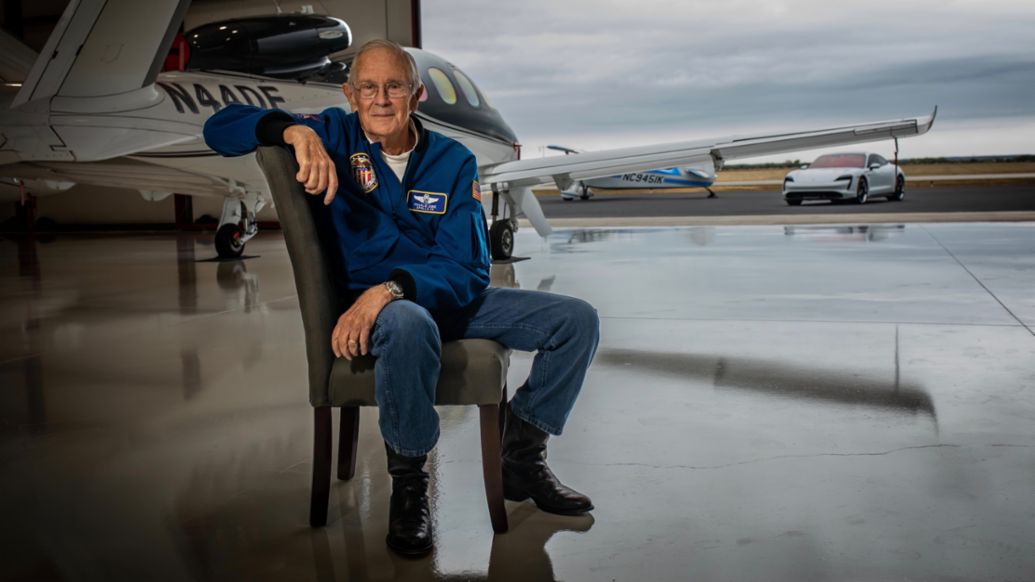
When Duke descended from the Orion lunar module onto the Cayley Plains landing site, he became only the tenth person in human history to set foot on the Moon. He and fellow astronaut James Young would go on to spend over 70 hours on the lunar surface, during which time they conducted numerous research missions and extensive evaluation of the LRV, or Lunar Roving Vehicle.
“In my view the rover was the first real reliable, rugged and dependable electric car,” Duke says today. “It had two batteries and about 100amp hours of power. Each wheel had its own independent suspension and the tyres were made out of wire, which I thought was crazy at first. But somebody had an ingenious idea because wire tyres would dig into the dust which gave you really good traction.”
July 2021 marks 50 years since the first LRV drove on the moon, with Duke’s mission being only the second outing of its kind. In the early 1970s the LRV was a radical piece of technology in its own right, developed in just 17 months and weighing a mere 210kg. Despite its rapid development and that miniscule weight, the LRV needed to be preternaturally tough and absolutely reliable. To compound the engineering challenge, it also had to pack away and accompany the astronauts in their tiny command module; the Saturn V rocket programme was too costly for extra launches simply to provide equipment.
The Lunar Roving Vehicle on the Moon
“Up on the Moon the car only weighed 80lbs,” says Duke, “so you could pick it up, but it would carry 1200lbs. We turned it around, put up the seats, powered it up and drove off. Before the rover came, 400 metres was probably the limit of walking. But with the rover we could go six or seven kilometres from the landing site and that helped to revolutionise lunar exploration as we got samples from all these places on the extremes.”
Three metres long and almost as wide, the LRV used a tubular aluminium chassis to which was attached double-wishbone suspension over torsion bars front and rear, providing a generous ground clearance of 360 millimetres when fully loaded. Those wire wheels, overlaid with a tread pattern of titanium chevrons, were independently driven by four 0.25hp electric motors and controlled by a joystick rather than a conventional steering wheel.
“The thing would climb a 25 degree slope,” Duke remembers with a smile, “so on the second day we drove down to Stone Mountain and we started up. It felt like I was going to fall out the back of the thing, but that wasn’t nearly as exciting as turning around and going downhill. I’m glad we were strapped in as this thing was bouncing around like crazy.” In total, Duke and Young covered over 26km in their LRV, travelling as far as 4.5 km from the lunar module and clocking up near three and a half hours drive time. But the remarkable little vehicle was apparently unphased.
“I don’t think we used even half of a battery during our three day stay up there,” Duke says. “When we left, we left the car parked with the camera on to record lift off. After lift-off they continued to move the camera around and the batteries went dead several days later. It was extremely reliable and I think even today, if we went back with two batteries we could put them in, power it up and go again. I’ve always said, if you want an $8 million car with a dead battery, I can tell you where to go get one.”
Despite driving one of the most advanced and innovative vehicles in human history, Duke had never driven an EV until Porsche suggested he take the all-electric Taycan for a brief spin at a small airport near Austin, Texas. For Porsche it was an honour to hear the first impressions of a new technological environment from a man well versed in operating at the outer limits of what is possible.
“I’ve driven golf carts of course,” Duke says, “but down here on Earth I had never driven a car that was all-electric. But I think I have the same mental outlook for a new car as I have for an airplane. First I have to sit there and take it all in. The visibility and layout of the cockpit, throttle and controls. It’s an amazing car, and the technology in the Taycan is an order of magnitude over our rover.”
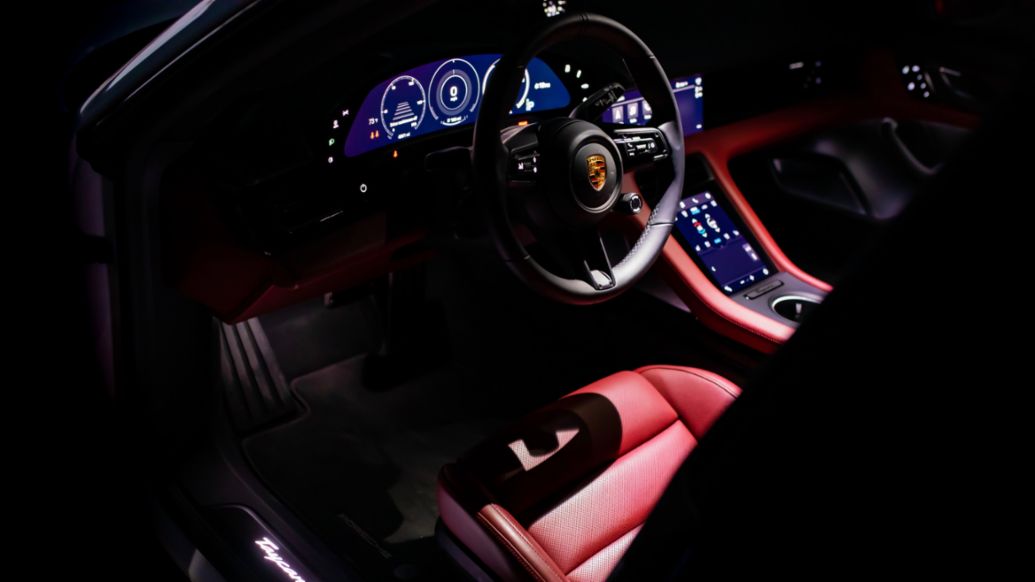
All three LRVs were left on the moon’s surface where they remain to this day, pioneers of their era, still gathering moon dust half a century on. But the world below keeps spinning, and the bravery and ambition of Duke and his fellow astronauts remains an inspiration as we continue to push the boundaries of mobility. Small steps, giants leaps.
